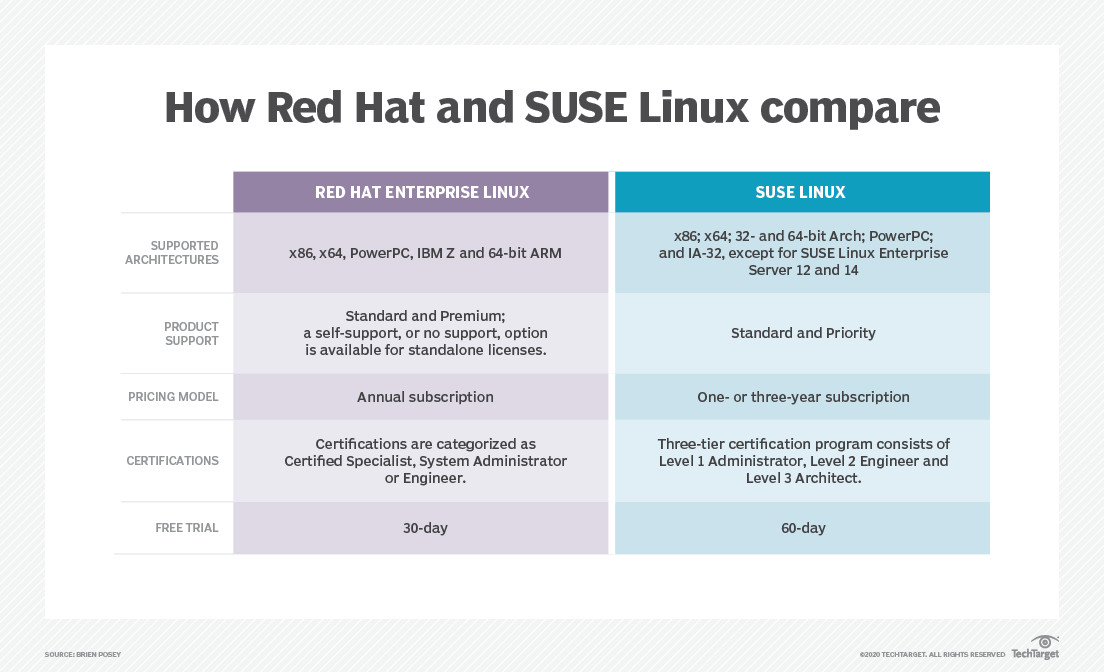Exploring SUSE: Path to Enterprise-Grade Open Source Solution

What is SUSE?
SUSE, pronounced as soo-sah, is a big company that makes really good open source stuff using Linux technology. SUSE was founded in 1992 and it is the world’s first provider of an Enterprise Linux distribution. They started out in Germany but now they have their main office in Luxembourg, and they have offices all around the world.
SUSE is all about making top-quality open source products for businesses. And they do it all with Linux, which is known for being super reliable and flexible. Just like Red Hat, SUSE is really good at putting together different parts of Linux to make strong, full-featured operating systems. These operating systems are for sale and they’re made to work in all kinds of big business settings and jobs. So, whether a company needs a simple system or a complex one, SUSE has got it covered. When you buy from SUSE, you’re getting a system that works well and comes with instructions and help if you need it.
What are the SUSE products ?
SUSE offers nearly 20 products in the following four categories:
- Server:
- These are like powerful computers that run important programs for businesses. SUSE’s main server product is called SUSE Linux Enterprise Server (SLES). They also have versions for specific IBM computers like IBM Z, LinuxOne, and Power Systems. Plus, they have one for a type of computer called 64-bit Arm.
- Environments:
- This group has a mix of products for different needs. For example, there’s one called SUSE Linux Enterprise Desktop for people who use computers at work. Another one called SLES for SAP Applications is for businesses that use SAP software. They also have products for special uses like real-time computing, small devices (Micro), high-performance computing, and for using SUSE in the public cloud.
- Management and Extensions:
- These are tools to help manage and improve the performance of SUSE products. SUSE Manager helps keep track of lots of computers running SUSE. SUSE Linux Enterprise Live Patching lets you update your system without stopping it, which is important for keeping things running smoothly. And the SUSE Linux Enterprise High Availability Extension helps make sure your important programs are always available.
- SUSE Rancher:
- This category came from when SUSE bought a company called Rancher Labs in 2020. These products focus on managing a special type of software called Kubernetes, which helps run lots of programs at the same time. There are different tools like SUSE Rancher, SUSE Rancher Hosted, Rancher Kubernetes Engine (RKE), K3s, and Rancher Longhorn, all designed to make managing Kubernetes easier.
What are the key differences and similarities between Red Hat and SUSE Linux?

What are the top features of SUSE Linux Enterprise Server?
Security and Compliance
SUSE’s engineers quickly respond to security issues and provide top-notch security updates. With SUSE Manager’s setup, checking and automating security measures is made simple, helping to meet both internal rules and outside regulations with ease.
Adaptability
SLES comes with APIs and services that let you create apps that can work with many different architectures, servers, storage, and network options. This means SLES can fit into any setup and makes it easy to move workloads between different environments.
Business Continuity
SUSE Linux Enterprise High Availability Extension, geo-clustering, and SUSE Linux Enterprise Live Patching help businesses by reducing downtime, making services more available, and improving security and compliance. This saves costs and keeps things running smoothly.
Virtualization
Every subscription to SUSE Linux Enterprise Server comes with support for top hypervisor technologies and cloud platforms. This means you can be super flexible and save money without losing out on performance, security, or reliability.